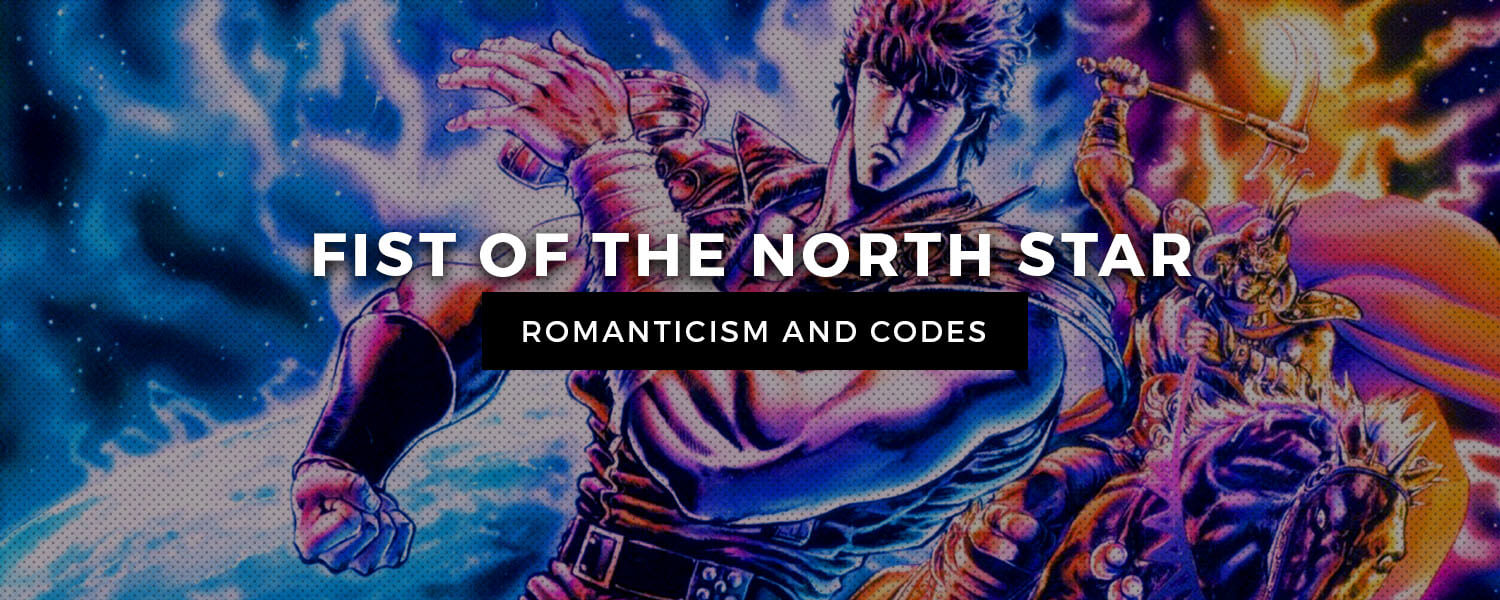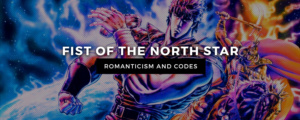KWEH!
I think I am allowed to say that Fist of the North Star is the pioneer of extremely manly manga/anime. Despite the post-apocalyptic disorders and a setting in the future, relative to early 1980s anyway, FotNS has some old-world ideologies. What are those? Well, read on to find out more!
https://youtu.be/GoXgw8Ur71g
Fist of the North Star’s History
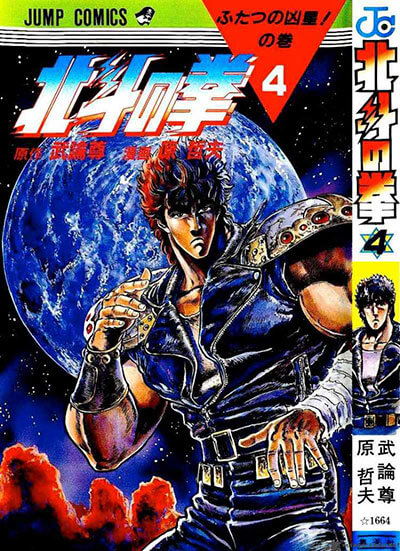
Fist of the North Star (北斗の拳 Hokuto no Ken, more literally, Fist of the Big Dipper) is a series of manga and anime created by Buronson (the writer) and Tetsuo Hara (the illustrator). In 1983, the duo started working together on this epic and brutal martial arts series. The original manga ended in 1988, consisting of 27 volumes.
Two anime TV series were made during the manga’s running time. The first one ran from late 1984 until early 1987. The second series ran immediately after the ending of the first until early 1988. For Crunchyroll subscribers, you can watch the series here.
Fist of the North Star has many different spin-offs by a different mangaka. Most of them are side stories providing more narrative to various major characters of the main Fist of the North Star story.
As a popular franchise, Fist of the North Star has also been made into an American live-action B-movie, various video games, original video animations, and animated movies.
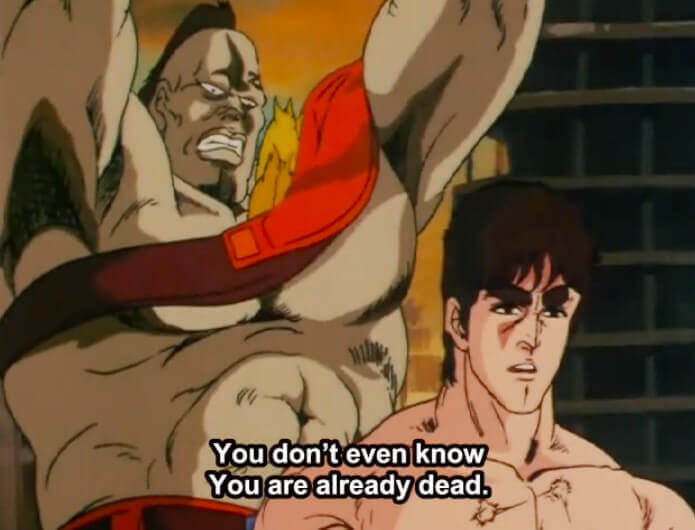
Fist of the North Star is known for being one of the earlier shounen series with very muscular characters, bloody violence, dark post-apocalyptical chaos, extreme macho-ness, and a meme-worthy catchphrase: “You are already dead” (お前はもう死んでいる omae wa mou shindeiru).
The setting of the story was directly inspired by the original Mad Max movie. The main character, Kenshiro, was created with a mixture of Max Rockatansky and Bruce Lee in mind. The similarities between FotNS and Mad Max even caused misunderstandings amongst the younger Japanese audience when Mad Max: Fury Road came out in Japan.
The Story of Kenshiro
Kenshiro (ケンシロウ Kenshirou) is the successor of the Hokuto Shinken (北斗神拳 literally, Big Dipper God Fist) martial arts style in the year 199X. He is the youngest of the four Hokuto brothers: Kenshiro, Jagi (ジャギ), Toki (トキ), and Raoh (ラオウ). By this time, East Asia has become a wasteland after a devastating war. Thugs run rampant, salvaging scraps and causing chaos.
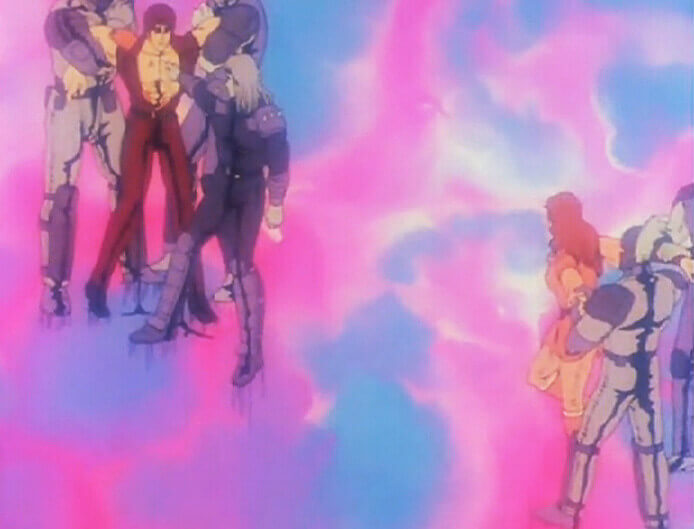
Kenshiro travels the barren soil to save Yuria, his fiancee who was taken away by a rival named Shin. Along the way he will be forced to face against his adoptive brothers, taking on other martial artists, making a name as the savior of the bullied, and improve upon his martial arts. His long journey will lead him to face Raoh, who has become a ruthless tyrant, and Kaioh (カイオウ), the final opponent in the animated TV series who is revealed to have a personal connection with Raoh.
Ideologies Amongst Chaos
As I have said above, Fist of the North Star contains some old-school concepts. Some of them are more noticeable while others can be overlooked. I have two main ones I will talk about.
Fist of the North Star has a lot of elements of Romanticism with its chaotic, unnerving, and unsettling period. Romanticism is an aesthetic and literary movement characterized by challenging order and rules, the presence of extreme emotions, a sense of freedom, emphasis on individuality, and wonderment about death and existence.
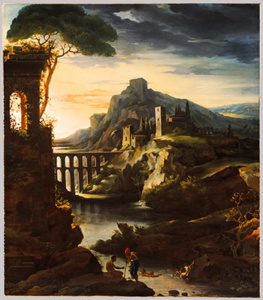
Visually, Romanticist paintings exhibit stark contrasts, visual tensions, dramatic lightings, and sense of bleakness, and depictions of man against nature. Above is an example of early Romanticist painting by French painter Théodore Gericault titled “Evening Landscape with an Aqueduct.” Gericault painted with the focus on the landscape, the breathtaking lighting, the presence of ruins in the middle ground, and de-emphasizing the two humans in the foreground.
In an interview with Rolling Stone, Mel Gibson, who played Max Rockatansky in Mad Max, also admitted the famous movie franchise is a nod to the movement of Romanticism in film form. So it should not be surprising that Buronson and Hara took a similar approach in creating FotNS.
Kenshiro versus Raoh. Freedom versus order. Kindness versus iron grip. Hope versus oppression. Soft versus hard. No, I am kidding on that last one, they both have harder-than-rock muscles.
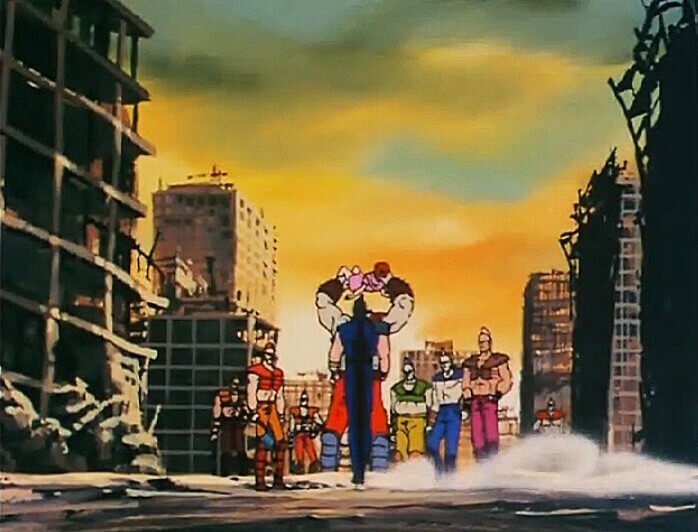
FotNS’s environment constantly reminds us of the scarcity of resources, the chaotic nature of mankind, and the feeling of despair. Similar to Mad Max, everyone in FotNS is fighting nature to survive as much as fighting others for the right to live.
Manliness practically oozes out of this infamous shounen series. But aside from its over-the-top muscle-laden actions and dystopian future setting, FotNS places a good deal of importance on the concept of honor—or sometimes, the lack of it.
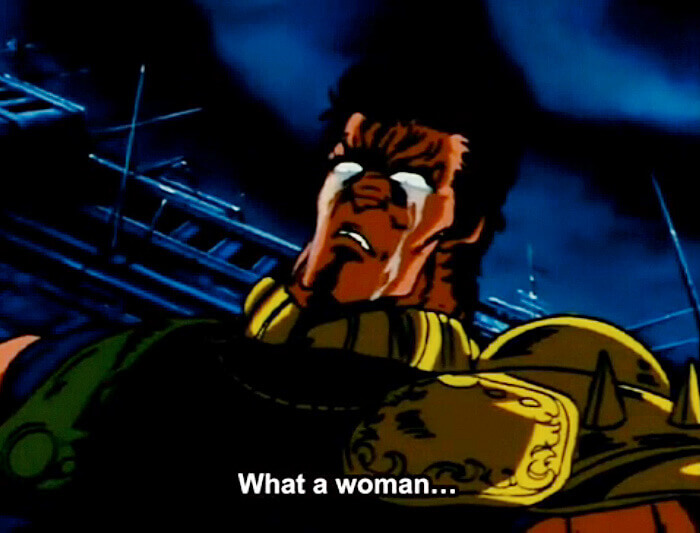
Displays Of Pride & Bushido
Call it the warriors’ code of honor, chivalry, or their own bushido, Kenshiro and a good amount of martial artists left in that dilapidated world are still bound by their beliefs. Kenshiro upholds his code of righteousness, while Raoh, a ruthless tyrant, and the most famous big baddy in the series, is not entirely heartless. Raoh acknowledges and respects those with strength, even people who oppose him. He even shows some rare moments of mercy towards certain individuals in accordance to his own values. The last fight between Kenshiro and Raoh shows the incredible sense of honor and pride, both as a warrior and a man, that Raoh possesses.
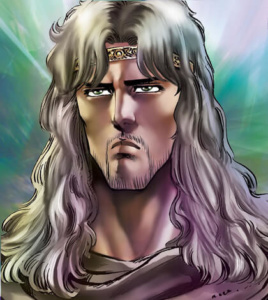
Toki, the second oldest Hokuto brothers, prefers the peaceful way and uses his own modified version of Hokuto Shin Ken as a healing art. He continues doing so and helps people until his death. On the other hand, Jagi, the third oldest of the brothers, is a dishonorable gang leader. Jagi will use any underhanded methods to attain victory, including hidden needles and a shotgun.
These are only some of the many characters with their own way of living. Some of them are tragic, while others, despicable.
I am sure there are some other concepts worthy of mentioning in this uber badass series. What are some that you have found?
Sources: Hokuto no Ken Wikia, Met Museum (Romanticism), Mental Floss (11 Fascinating Facts About Mad Max), Kotaku (Mad Max Isn’t Ripping Off Fist of the North Star), TV Tropes (Order Versus Chaos), Wikipedia (Chivalry), and Wikipedia (Bushido).

Featured Sponsor - JAST
The sweetest romance and the darkest corruption, the biggest titles and the indie darlings; for visual novels and eroge, there's nowhere better.
Big thank you to our supporters
From their continous support, we are able to pay our team for their time and hard work on the site.
We have a Thank-You page dedicated to those who help us continue the work that we’ve been doing.
See our thank you page